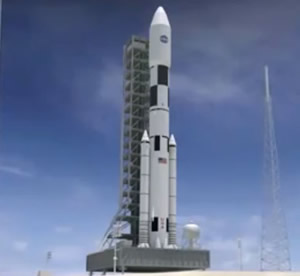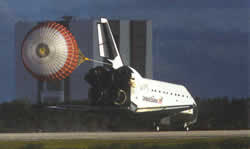We can minimise friction by having proper lubricants on all the joints of our vehicles.
Drag is somewhat more difficult to eliminate. The faster a vehicle goes the greater the force of drag becomes. Try running in water knee deep. If you walk slowly the force of drag is not as great, but try running and you soon notice this almighty force, we call drag, impeding your movement through the water.
There are 4 forms of drag.
Parasite drag – this comes about due to structures protruding from the vehicle. These structures smash against air molecules and obstruct the movement of the vehicle. Fins on a rocket are a good example of parasite drag.

Friction drag – the surface of any object is full of microscopic valleys and hills. As air molecules move past the surface they strike these valleys and slow the vehicle down.
Pressure drag – this is caused when air molecules strike the oncoming surface of the vehicle. Rockets minimise this form of drag by having a pointed nose. Cars have rounded bonnets to force the air to flow over the surface smoothly.

Where is high drag necessary and desirable?
Design a car, describe ways in which your car design can reduce the four forms of drag.
